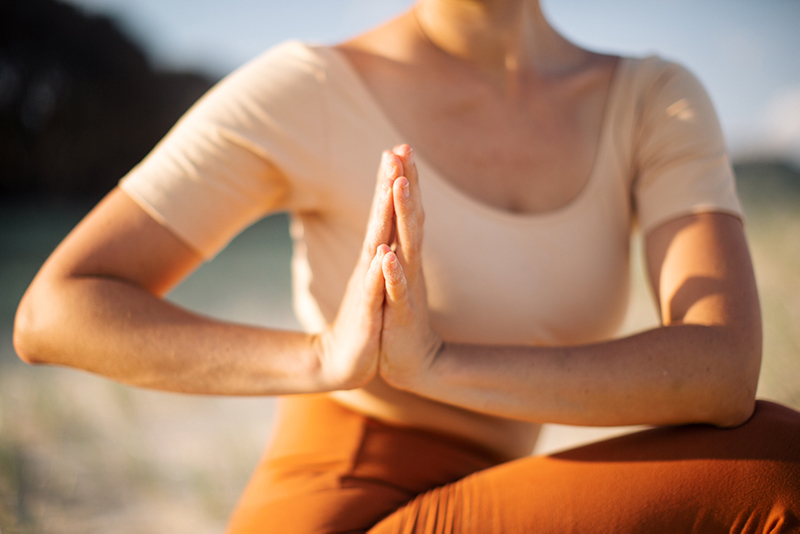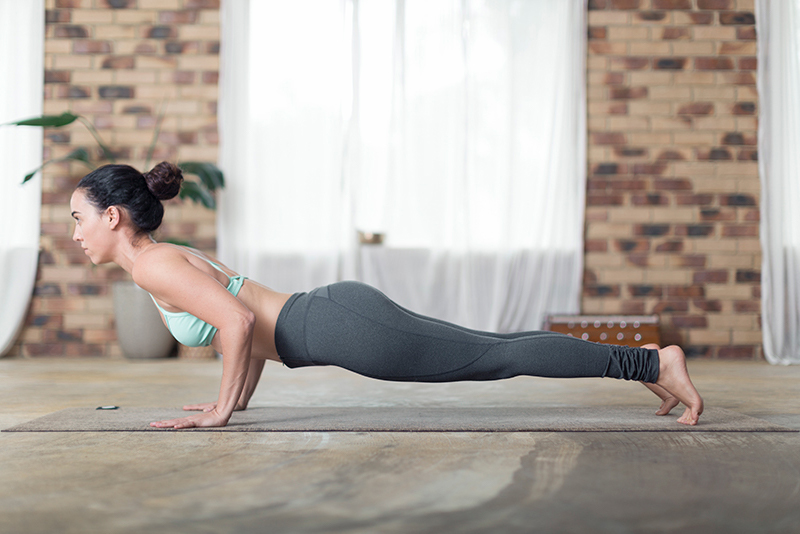originally published on Healthline.com Get your yoga start with Tiffany Cruikshank, founder of Yoga Medicine Known as a teacher’s teacher, international yogi, author, and health and wellness expert Tiffany Cruikshank founded Yoga Medicine as a platform to connect people and doctors with experienced yoga teachers. Yoga Medicine’s ever-expanding community of teachers are trained to understand body anatomy, biomechanics, physiology, and the traditional practice of yoga. And with this fortitude of knowledge, they’re able to create individualized, effective yoga programs for each student. Ready to channel your inner yogi? Get your start with this comprehensive guide, crafted by Tiffany and her team of accomplished Yoga Medicine teachers, trainers, and contributors. The history of yoga and how it developed into the practice you know today By Dana Diament, a Yoga Medicine instructor based in Byron Bay, Australia. You can follow her journey at danadiament.com. Ask any yoga practitioner to define yoga, and you’re likely to get a myriad of answers. For some, it’s a way to feel good in their bodies. For others, it’s a spiritual practice, and for many, a way of life. But regardless of your approach, yoga can help reshape and unravel your habitual or unconscious patterns. Practicing yoga helps provide a foundation and tools to
Let’s face it – the holiday season is a time of year loved for its excitement but dreaded for its chaos. Despite how early we get started, the to-do list seems never ending. From the wild goose chase hunting down just the right presents, the late nights in the office meeting deadlines, to organizing the perfect holiday get-together for the extended family, we keep going and going, having convinced ourselves we are the energizer bunny or its close cousin. Caught up in the frenzy of getting it all done, it’s easy to forget about a small important detail – for best results our batteries do need to be recharged. A yoga practice that encourages stillness can be just the right tonic to leave you feeling invigorated and grounded, and ready for another round of merry making. 1.Chandra Bheda Pranayama How: Find a comfortable seat by sitting on the edge of a blanket or cushion so that your hips are higher than your knees. Rest your left hand on your lap. Use your right hand to create Vishnu Mudra – place your thumb on the right nostril, fold your 2nd & 3rd finger in towards your palm, and hover your 4th & pinky finger
With so many yoga methods and lineages to choose from, confusion about asana alignment is common. Here, Yoga Medicine teacher Dana Diament uses smart anatomy to debunk some common alignment myths. ORIGINAL:SEP 29, 2016 yogajournal.com If you jump around between yoga teachers or lineages, confusion about asana alignment is understandable. Here, Yoga Medicine teacher Dana Diament debunks some common myths with wise anatomy. One of my favorite things about yoga is the variety of yoga methods and lineages to choose from. But with all of those choices, you may be left feeling confused about alignment. The proliferation of yoga asana images in recent years only makes matters trickier as more and more students strive to recreate the poses exactly as they see them. Many teachers are also taught to instruct poses to textbook standards, which were not necessarily created for Western or female bodies. This dogmatic approach to alignment sets the scene for certain myths to take hold in our yoga communities about the “right” way to do a pose. To shed light on a few of these myths, let’s take a closer look at some of the key anatomical concepts behind some common yoga poses. Myth 1: In Chaturanga, the elbows should be
With the warmer weather and longer days, summer is a popular time to put your running shoes back on. The sweet smell in the air and warm sun on your skin draws you outdoors, and with the endorphin kick you get from running, it’s easy to push your body further than what it’s ready for. However, by adding in a few yoga poses, you can support your body and prevent injuries to help you go that extra mile. Yoga helps to prevent injuries by addressing the muscular imbalances created by running and increasing both strength and flexibility. While in the poses, stay focused on your breath and observe your body’s sensations. This helps to build your awareness, which is also key to preventing injuries. The more you can tune into your body, the better you’ll be able to know what your body needs before, during, and after a run to stay healthy and safe. Incorporate the yoga poses below to keep you running throughout the summer. Downward facing dog Benefits: Stretches hamstrings, calves, and back muscles. Start on hands and knees. Hug your arms into the shoulders and push the floor away with your hands. Lean back, tuck your toes and lift your hips to make



